
On the Aravalli hills above the Pink City of Jaipur stands Nahargarh Fort, a royal Rajasthan historic site. Constructed by Maharaja Sawai Jai Singh II in 1734, it's a phenomenal spot where Rajput style has merged with the sparkling view of the city. Known for its ancient significance, artistic motifs, and nature's beauty, Nahargarh Fort attracts millions of tourists. Its strategic position allowed the rulers to view the city and defend it, and hence it was an important part of Jaipur's defense. The fort is now a reminder of Rajasthan's royal splendor and draws thousands of tourists every year.
Nahargarh, or 'Home of Tigers,' was constructed mainly as a sanctuary and defensive fort for Jaipur. It was one of a trio of forts, the other two being Amer Fort and Jaigarh Fort, that made up a strong defense system. Although the fort did not see any serious battle, it did serve an important function of providing shelter to British officers during the 1857 Sepoy Mutiny.
There is a very interesting legend behind the construction of the fort. According to legend, Nahar Singh Bhomia, who was a local prince, haunted the estate, resulting in construction delay. To appease his ghost, the fort was given his name and a temple in his honor was constructed on site. This gives a mystical touch to the fort, and tourists are interested in knowing about the supernatural history of the fort.
Nahargarh Fort, over the centuries, was put to other than defensive use. The fort was used as a retreat by the king and queens of the 18th and 19th centuries. The numerous rooms of the fort belie its tawdry past, as each room testifies to the skill and craftsmanship of the times. Jaipur's rulers later on used the fort itself as a platform for administrative decision-making, where the fort used to be an arena for discussion.
Nahargarh Fort is a quintessential example of Rajput architectural magnificence, with its imposing walls, fragile frescoes, and elaborately crafted palace suites. The grandest building in the fort is Madhavendra Bhawan, constructed by Maharaja Sawai Madho Singh in the 18th century. The palace is a row of identical suites, each decorated with stunning murals and linked by corridors, highlighting the majesty of Rajasthani craftsmanship. The symmetrical arrangement enabled each queen to have her quarters but be close to the king's bedroom.
The high walls and strategically placed bastions of the fort provide a commanding view of Jaipur, and therefore it is a vital observation post in the past. The Indian and European influences can also be observed on the architecture of the fort. The ornate carvings, floral motifs, and the use of soft pastel hues add to the charm of the fort, and it is a vital architectural marvel in Rajasthan.
Madhavendra Bhawan: The grand palace with beautiful rooms, ornate walls, and artistic ceilings.
Sunset and City Views: The fort is very famous for the interesting views of Jaipur, particularly in the evening at sunset. The view of the golden-colored city is a dream for photographers.
Stepwell (Baori): A serene and less touristy area inside the fort, with ancient water-conserving techniques. The stepwell is an architectural marvel that shows ancient wisdom when it comes to storing water.
Jaipur Wax Museum and Sheesh Mahal: The museum, which is inside the fort, has wax statues of historical personalities and celebrities, whereas Sheesh Mahal (Palace of Mirrors) has delicate glasswork. The beautiful artwork of the Sheesh Mahal is a place that art lovers cannot afford to miss.
Nahargarh Biological Park: One of the newer additions to the attractions close to the fort, the park features a number of species of flora and fauna, providing tourists with a special experience for nature lovers.
The best time to visit Nahargarh Fort is from October to March, when the climate is good and favorable for sightseeing. It should be avoided during early morning or late evening to escape the heat and experience the beautiful sunset views. The fort remains very busy on holidays like Diwali and Rajasthan Day, when there are cultural programs and special events.
Timings: 10:00 AM to 5:30 PM (daily)
Entry Fee: INR 50 for Indian visitors, INR 200 for international visitors (entry charges may vary)
Extra Charges: There are additional charges for camera and guided tour, which make the visit more immersive by offering more detailed historical information.
Nahargarh Fort is about 6 km from the city center of Jaipur. One can reach the fort in a car, auto-rickshaw, or even on a trekking trail from Amer Road for an adrenalin rush. Winding roads to the fort provide photo-perfect views of the Aravalli hills, and the journey itself becomes as thrilling as the destination.
For a foreigner, there are also cycling tours and night treks to the fort, which offer an adventurous experience to view the historic marvel. Guided tours also include storytelling sessions on the rich history of the fort, which adds to the experience.
Conclusion
Nahargarh Fort is a representation of Jaipur's royal heritage and architectural grandeur. It's past, breathtaking vistas, and lavish décor make it a pilgrimage site for tourists and historians alike. From walking on its imposing galleries to basking in the views of nature or imbibing the rich Rajput heritage, a visit to Nahargarh Fort is a worthy sojourn into Rajasthan's monarchical heritage. Apart from its historical significance, the fort is today a center for cultural activities, movie shootings, and art camps, so it continues to be a live and integral part of Jaipur's culture. Visiting Nahargarh Fort is not only viewing history but experiencing the glory and heritage of Rajasthan.
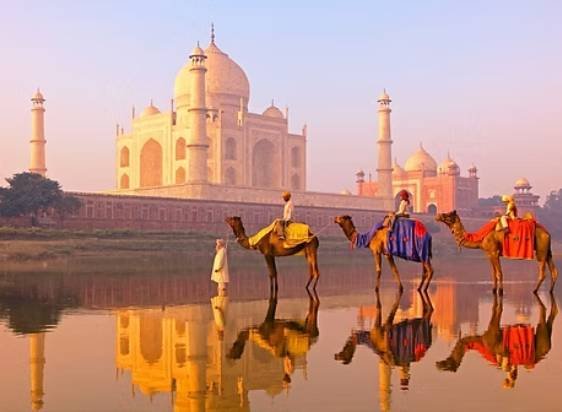
Best Places and Times for a Spiritual Trip in the Golden Triangle
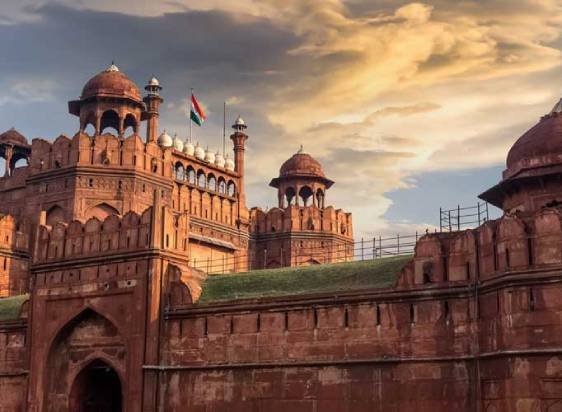
How Do I Plan a Luxury vs. Budget-Friendly Trip to the Golden Triangle?

Unexplored Tourist Places in Rajasthan
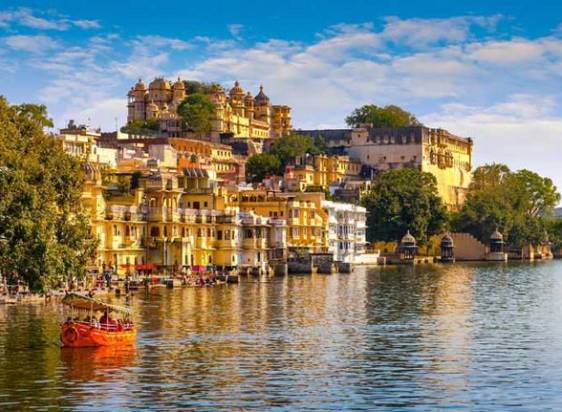
Explore the Best Family-Friendly Destinations in Rajasthan

The Ultimate Shopping Guide: Best Markets in Delhi
.webp)
Places to Visit in Jaipur
.webp)
Places to Visit in Jaisalmer
.webp)
Places to Visit in Jodhpur
.webp)
Places to Visit in Udaipur
.jpg)
Top 10 Best Places in India for Family / for Couples

10 must-see places in Jodhpur
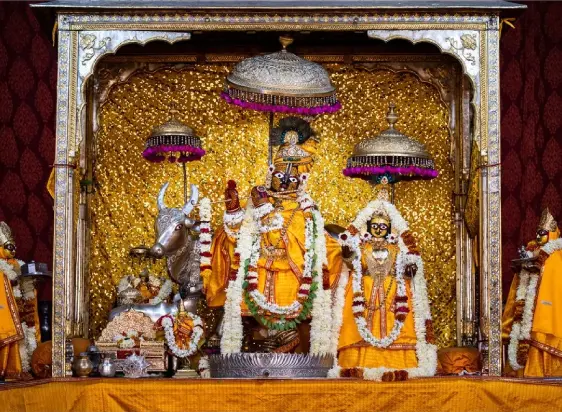
Govind Dev Ji Temple Jaipur

Nahargarh Fort Jaipur
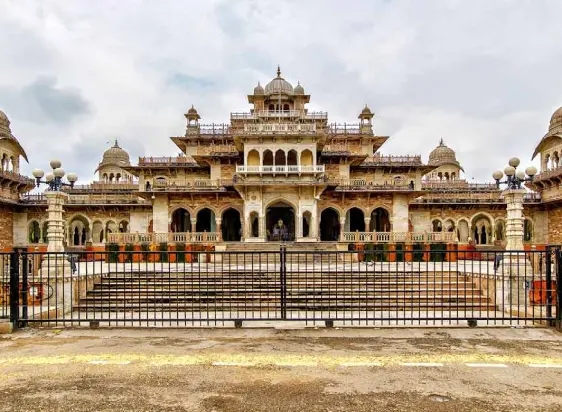
Albert Hall Museum Jaipur
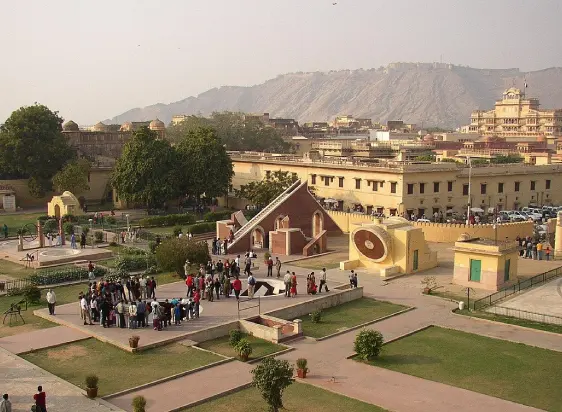
Jantar Mantar Jaipur
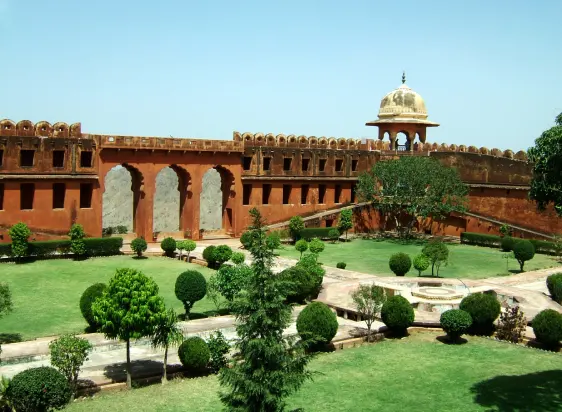
Jaigarh Fort Jaipur

Places to visit in Golden Triangle India
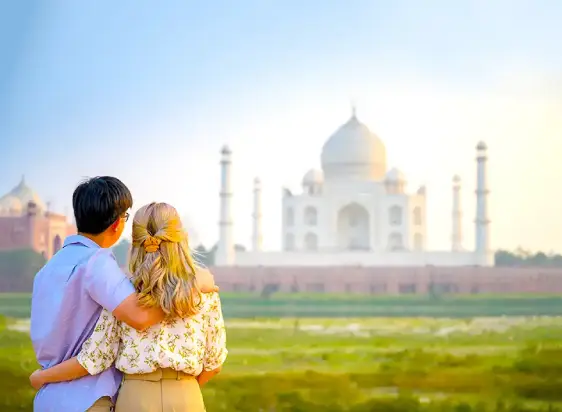
Places to visit in India
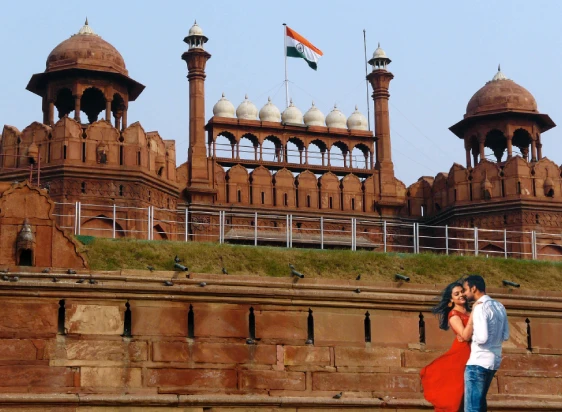
Ultimate Guide to the Golden Triangle Tour
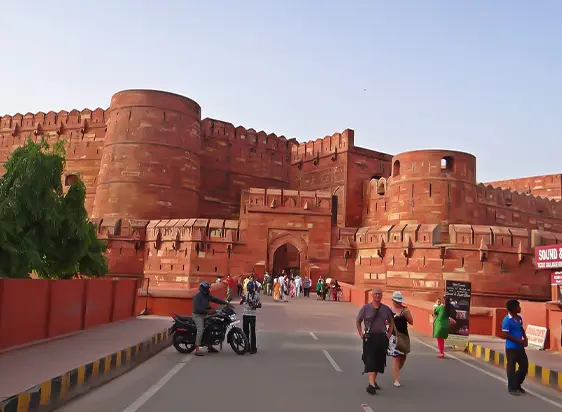
Places to visit in Agra

Places to Visit in Delhi

City Palace Jaipur
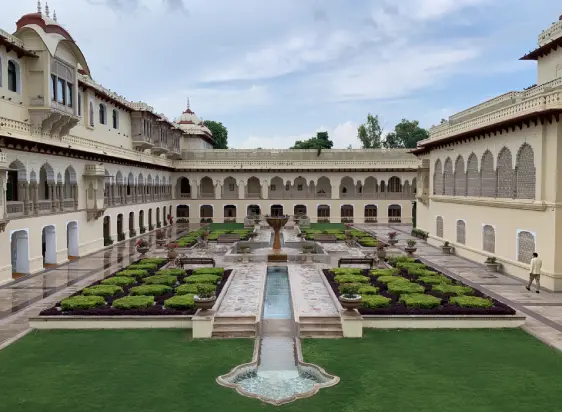
Rambagh Palace Jaipur

Hawa Mahal Jaipur

Amer Fort Jaipur
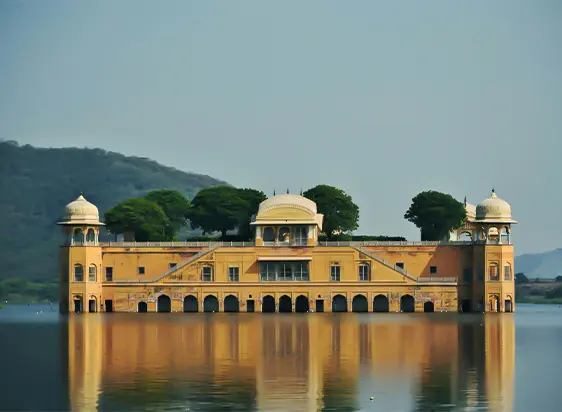
Jal Mahal Jaipur
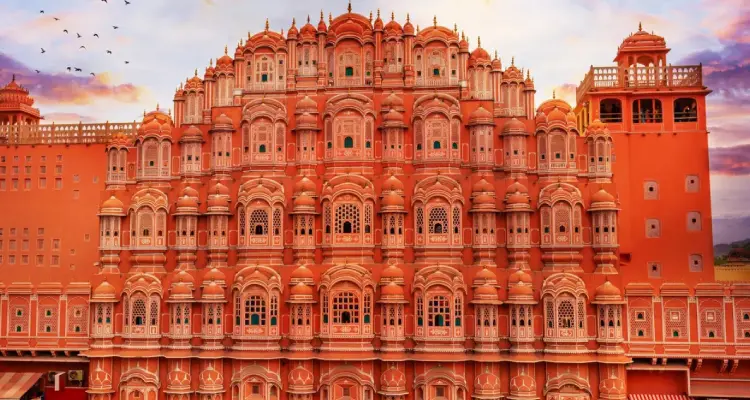
Best Places to Visit in Jaipur

Best Places to Visit in Jaisalmer
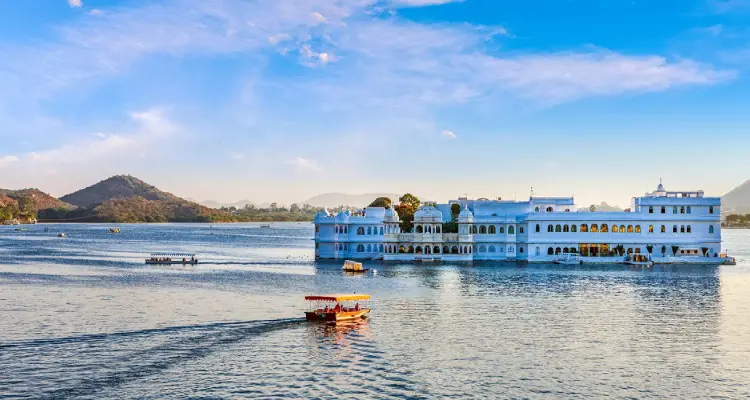
Best Places to Visit in Udaipur
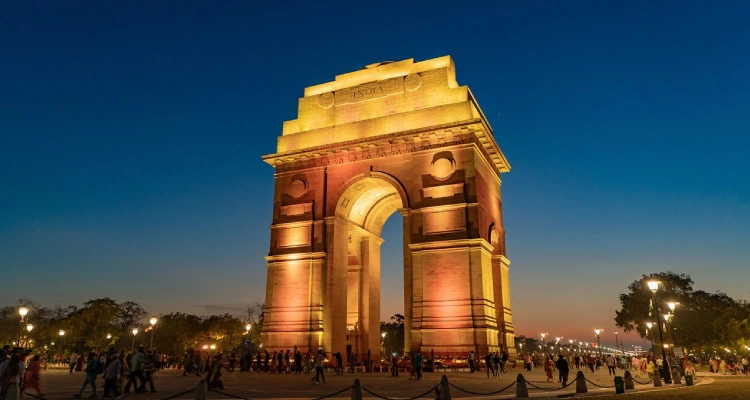
Tour And Travels in India

Tips for Solo Female Travelers in Rajasthan

Discover the Unseen Places in Rajasthan